
The mark of more than a century of ups and downs has been deeply engraved in every corner and house, creating an ancient beauty that is not easy to find in a developing city. The streets in autumn have a special beauty, the golden sunlight like honey, no longer harsh but only dry, spreading over the mossy roofs.

In the heart of that century-old city, there is a towering, proud historical “witness”: the historic banyan tree. The name “historic banyan tree” tells its own story. On May 1, 1940, the Party flag was hung for the first time on this ancient banyan tree, marking an important milestone, demonstrating the Party’s leadership in the town’s revolutionary process. And then, on August 25, 1945, under the leadership of the Party, the town’s people rose up to successfully seize power. Although no one knows exactly how old the banyan tree is, it has witnessed the most sacred and brilliant moments of Phu Tho town, becoming a symbol and vitality of the people here.
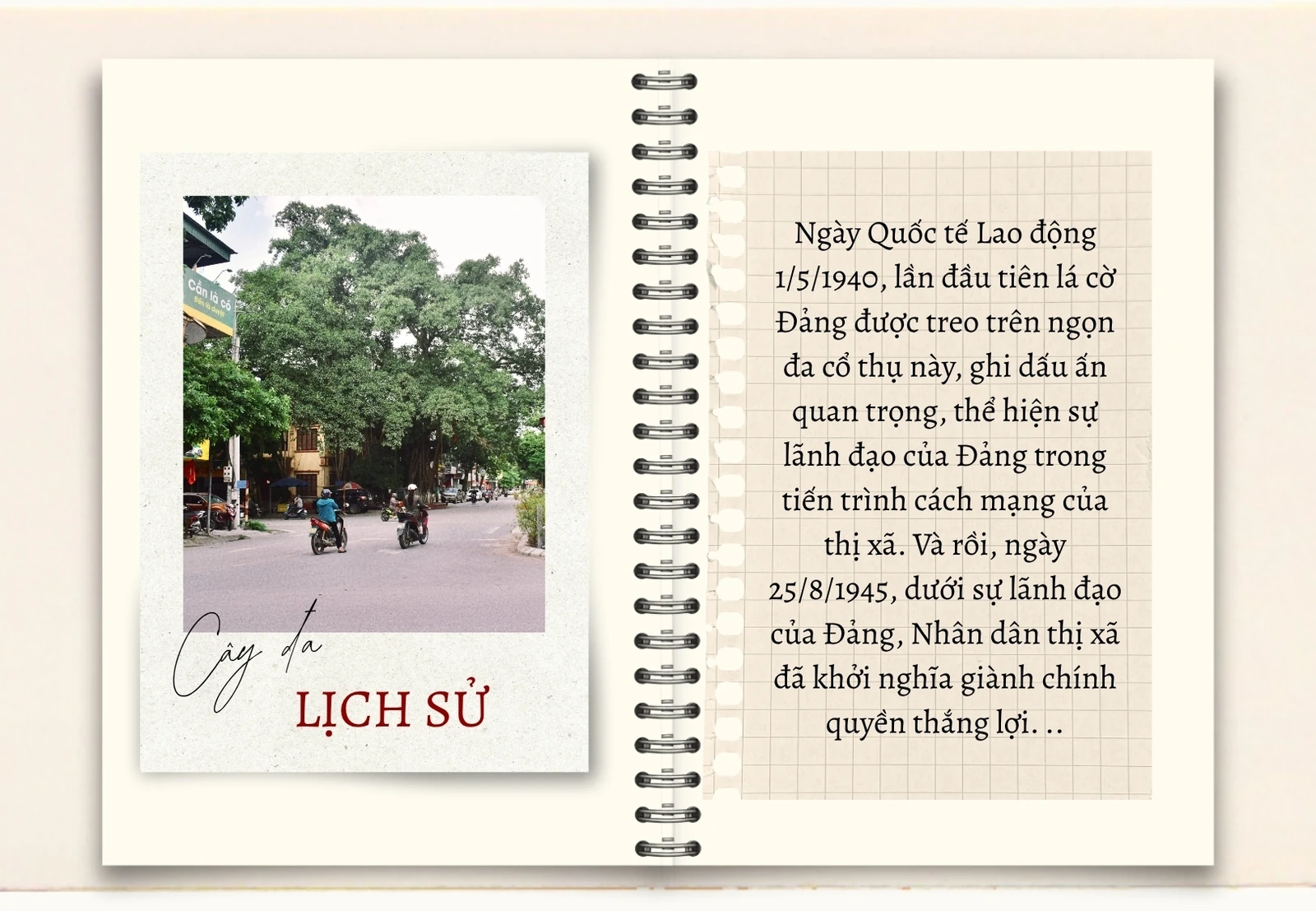
For those who live far from home, the image of that banyan tree not only has historical significance but is also a part of beautiful childhood memories, playing under the canopy of the ancient banyan tree, its rough trunk bearing the ancient features of the town over a hundred years old.
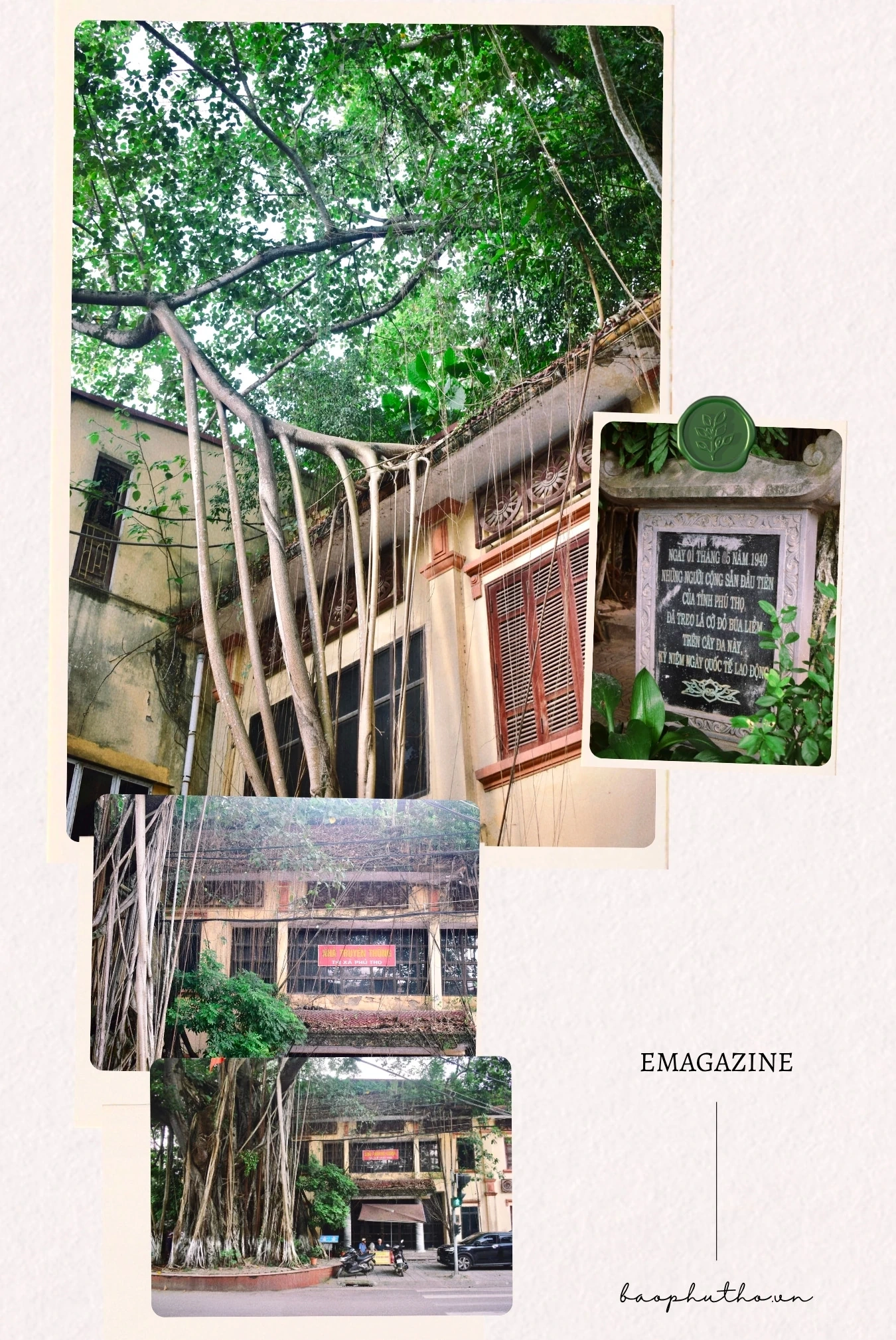
Every day, that banyan tree still casts its shade over the Traditional House – the place where the young generation is educated about the heroic revolutionary tradition of their fathers. Many generations of students have grown up under the shade of the historical banyan tree, and no matter where they go, that image remains deeply imprinted in their minds, like an invisible thread that ties them back to their roots.
Coming here in the fall, people not only feel the ancient beauty visually but also smell a sweet memory. On many streets, a distinctive, passionate and fragrant scent will hold anyone's feet. That is the flavor of traditional moon cakes, a unique culinary culture that has been forged for nearly 100 years.
The story of the baking profession began with Mr. Hoang Quy, who came from Thuong Tin district (formerly Ha Tay province) to Phu Tho town to settle before 1930, opening the Quang Hung Long confectionery shop. Through many historical ups and downs, from Tien Bo cooperative to private establishments such as Hoang Van, Ta Quyet, and then to generations of descendants with the brands Thu Thuy, Tuan Anh, and Luan Sang, the baking profession has been preserved and developed.

Although there are many other types of confectionery, the most famous is the moon cake. To make the famous moon cake, the baker must adhere to strict professional secrets. From the selection of ingredients to the delicate processing art: the moon cake must have the right amount of sugar water, the filling must have all the traditional flavors (pumpkin jam, melon seeds, sugar-marinated lard, Chinese sausage...), and the moon cake must have roasted sticky rice flour, mixed with sugar water and the faint scent of grapefruit flowers.
It's not just the recipe, it's the care and experience: the ratio of sugar and powder, the choice of fat, the time to marinate the sugar... all to create a cake with a cool, fragrant flavor, rich but not hard, chewy but not soggy, fatty but not boring, creating a delicious flavor that can only be found here.
Wherever I go, whenever I mention the “culinary coordinates” of the old town, I am reminded of Me Market. The familiar, simple name has been anchored in the childhood memories of many generations. Me Market is not only a bustling trading center but also a “memory meeting place”, a place that preserves the rustic, rich flavors of the homeland.
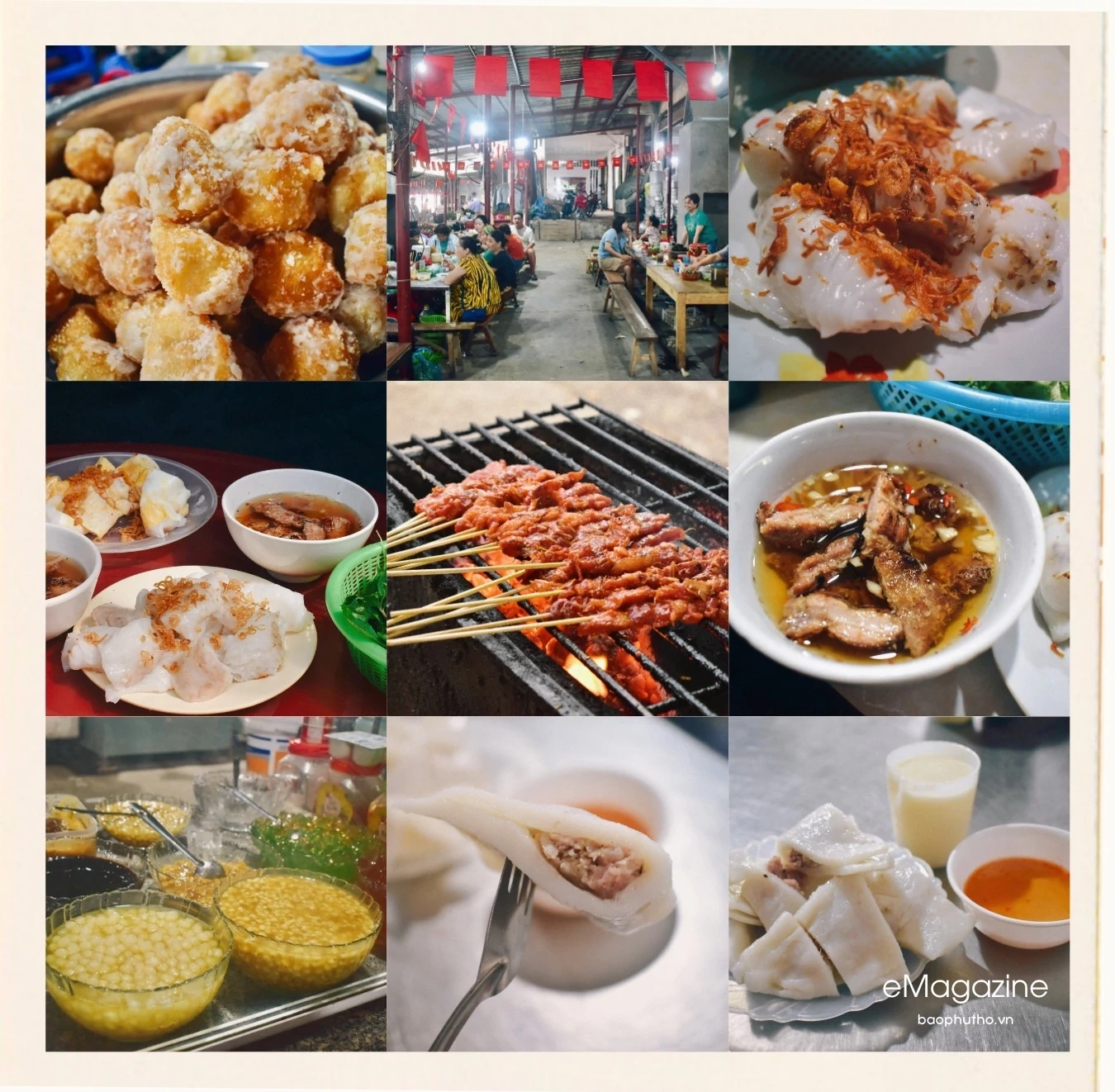
In the memories of a child far away from home, Me market appears with a simple yet profound beauty. It is the clear calls of grandmothers and mothers, the fresh colors of seasonal vegetables and fruits. But above all, it is the unforgettable taste of rustic dishes that make the brand. It is the pure white cake dipped in a bowl of sweet and sour sauce, rich with meat and wood ear; it is the thin rice rolls, fragrant with the fatty smell of fried onions; or more simply, a bowl of sweet mixed sweet soup, a plate of hot and spicy boiled snails.
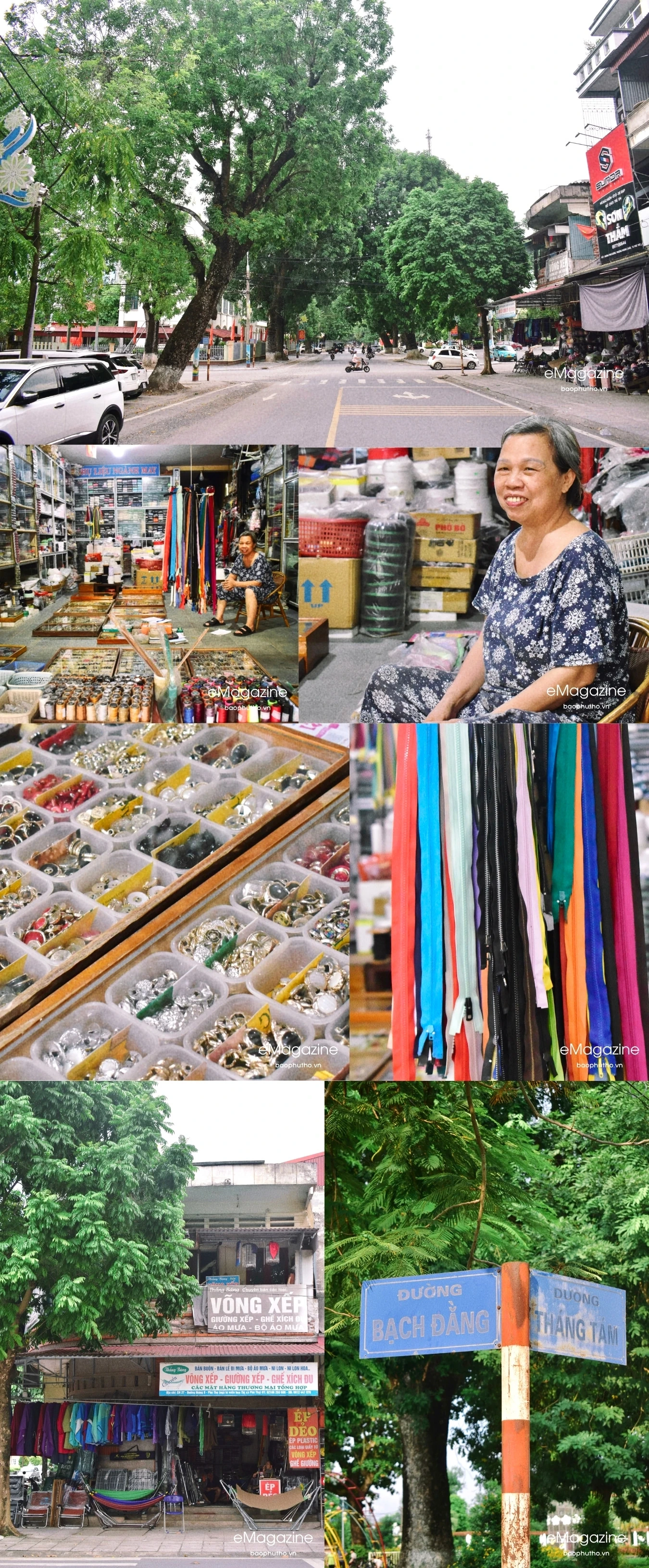
Besides the traditional food and cuisine area, the market also has rows of shops selling sewing accessories, fabrics, embroidery threads, buttons, zippers... serving skilled craftsmen or housewives who love sewing. In another corner of the market, there are stalls selling children's toys, school bags, suitcases, backpacks, shoes, colorful, becoming a familiar stop for parents every new school year or Tet holiday.
Walking around Me market on an autumn afternoon, amidst the familiar cries and warm laughter, one sees the image of an ancient city that still persistently preserves its ancient soul amidst the modern pace of life. Although the streets have changed and the administrative names have changed, in the hearts of the people of the Ancestral Land, Me market is still a beloved memory.
The three wards of Phu Tho, Phong Chau and Au Co today are the continuation of an ancient, gentle urban area. Although now, the name Phu Tho town is no longer "official" on the administrative map, but "going to the town" is still the affectionate, familiar way of calling people everywhere when they want to come to this land.
It is not just a habit, it is a consciousness of the land with all the ancient, gentle and very familiar tones, where there is a majestic historical banyan tree and the strong scent of moon cakes every autumn. Phu Tho in autumn is the season of nostalgia and connection, inviting people to return to find the most simple and familiar things.
Ha Trang - Thuy Trang
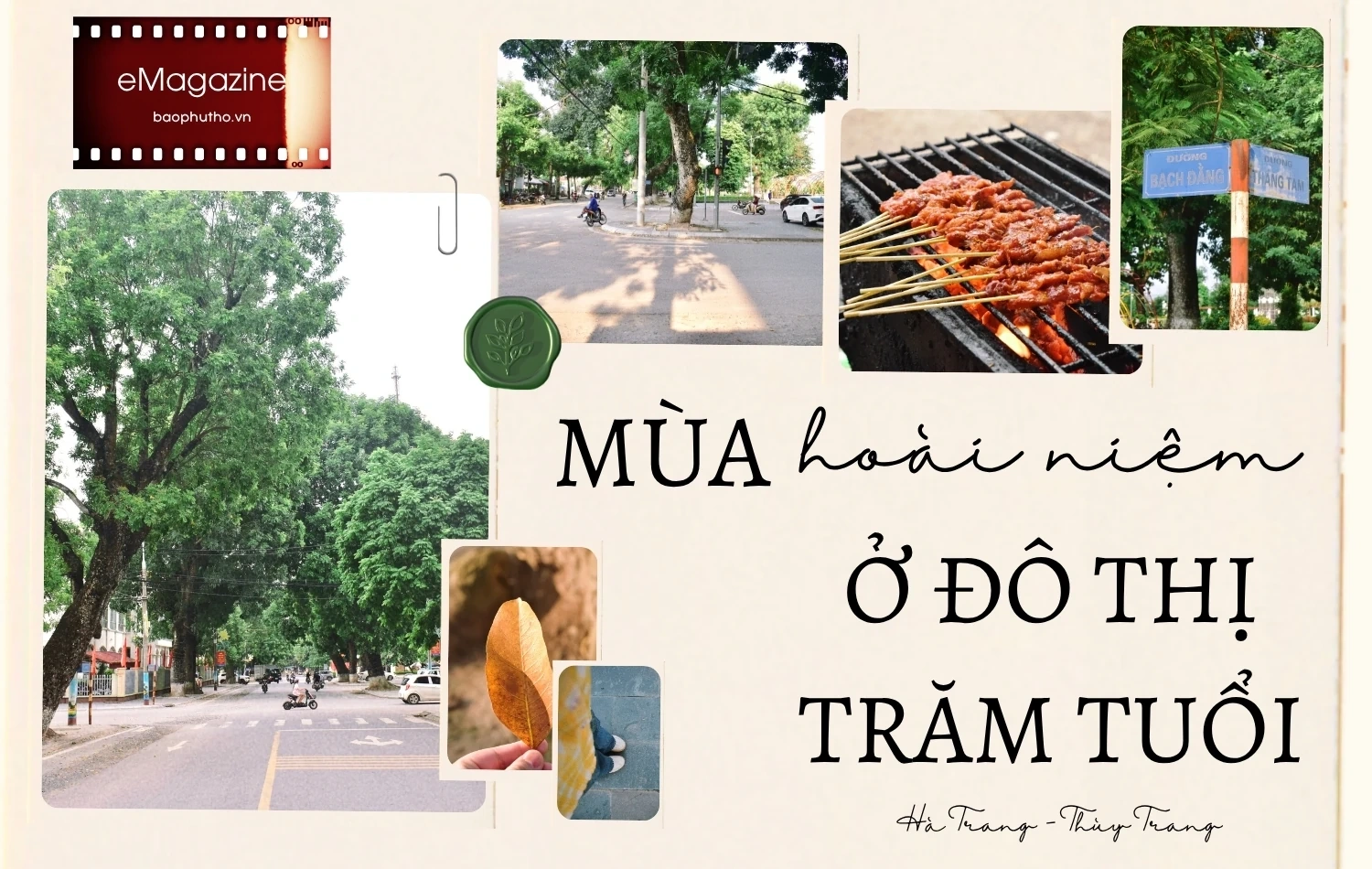
Source: https://baophutho.vn/mua-hoai-niem-o-do-thi-tram-tuoi-241286.htm


![[Photo] Closing ceremony of the 18th Congress of Hanoi Party Committee](https://vphoto.vietnam.vn/thumb/1200x675/vietnam/resource/IMAGE/2025/10/17/1760704850107_ndo_br_1-jpg.webp)
![[Photo] Immerse yourself in the colorful musical world of “Secret Garden Live in Vietnam”](https://vphoto.vietnam.vn/thumb/1200x675/vietnam/resource/IMAGE/2025/10/18/1760805978427_ndo_br_thiet-ke-chua-co-ten-41-png.webp)

![[Photo] Collecting waste, sowing green seeds](https://vphoto.vietnam.vn/thumb/1200x675/vietnam/resource/IMAGE/2025/10/18/1760786475497_ndo_br_1-jpg.webp)
![[Photo] General Secretary To Lam attends the 95th Anniversary of the Party Central Office's Traditional Day](https://vphoto.vietnam.vn/thumb/1200x675/vietnam/resource/IMAGE/2025/10/18/1760784671836_a1-bnd-4476-1940-jpg.webp)

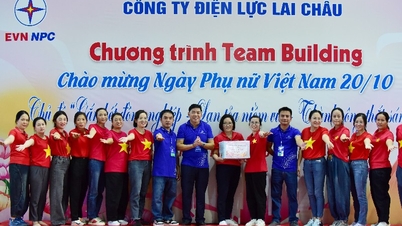

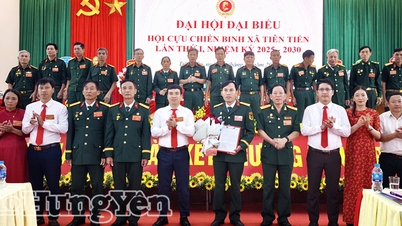




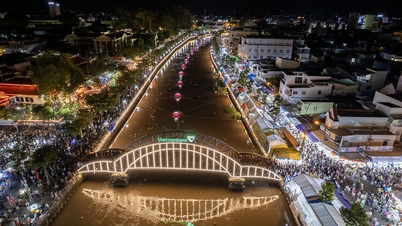









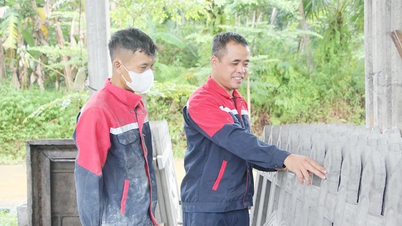
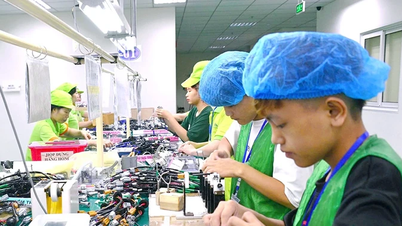

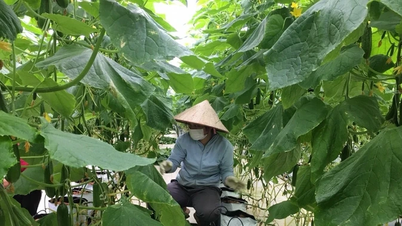











































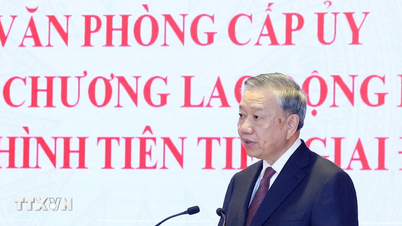









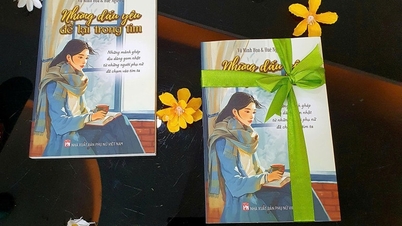
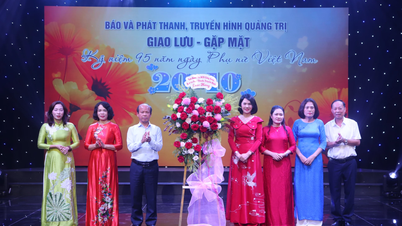

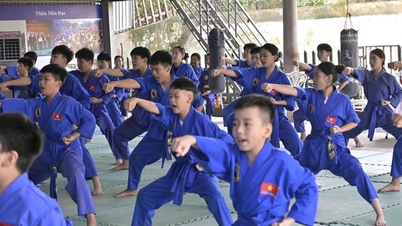












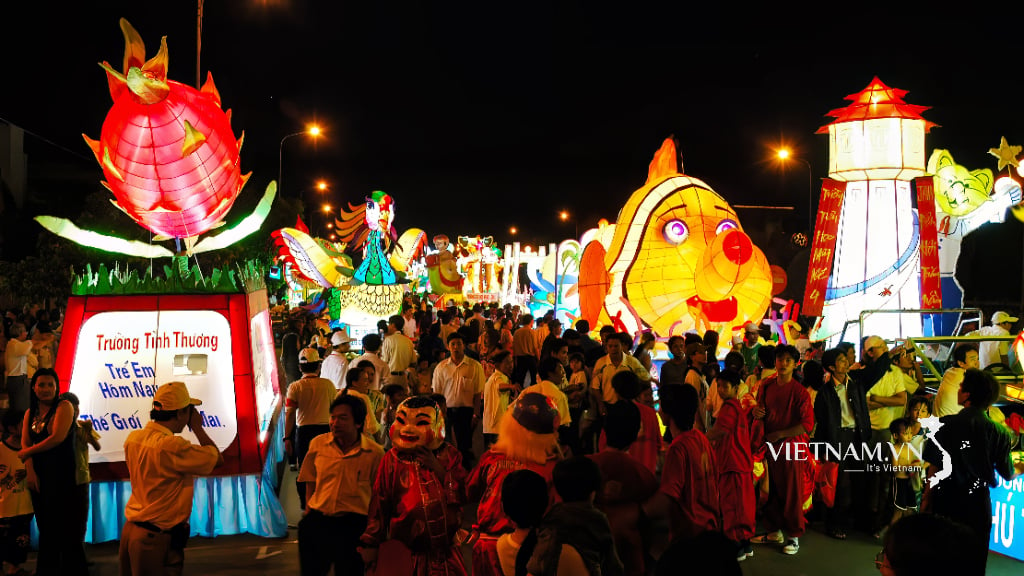


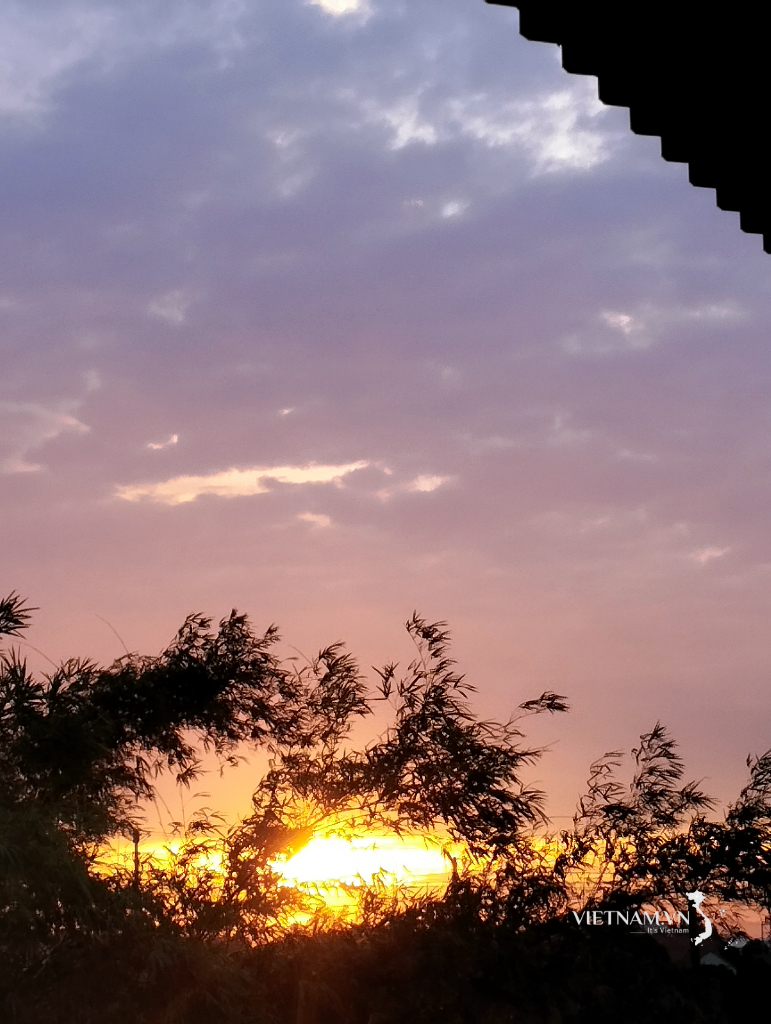
Comment (0)